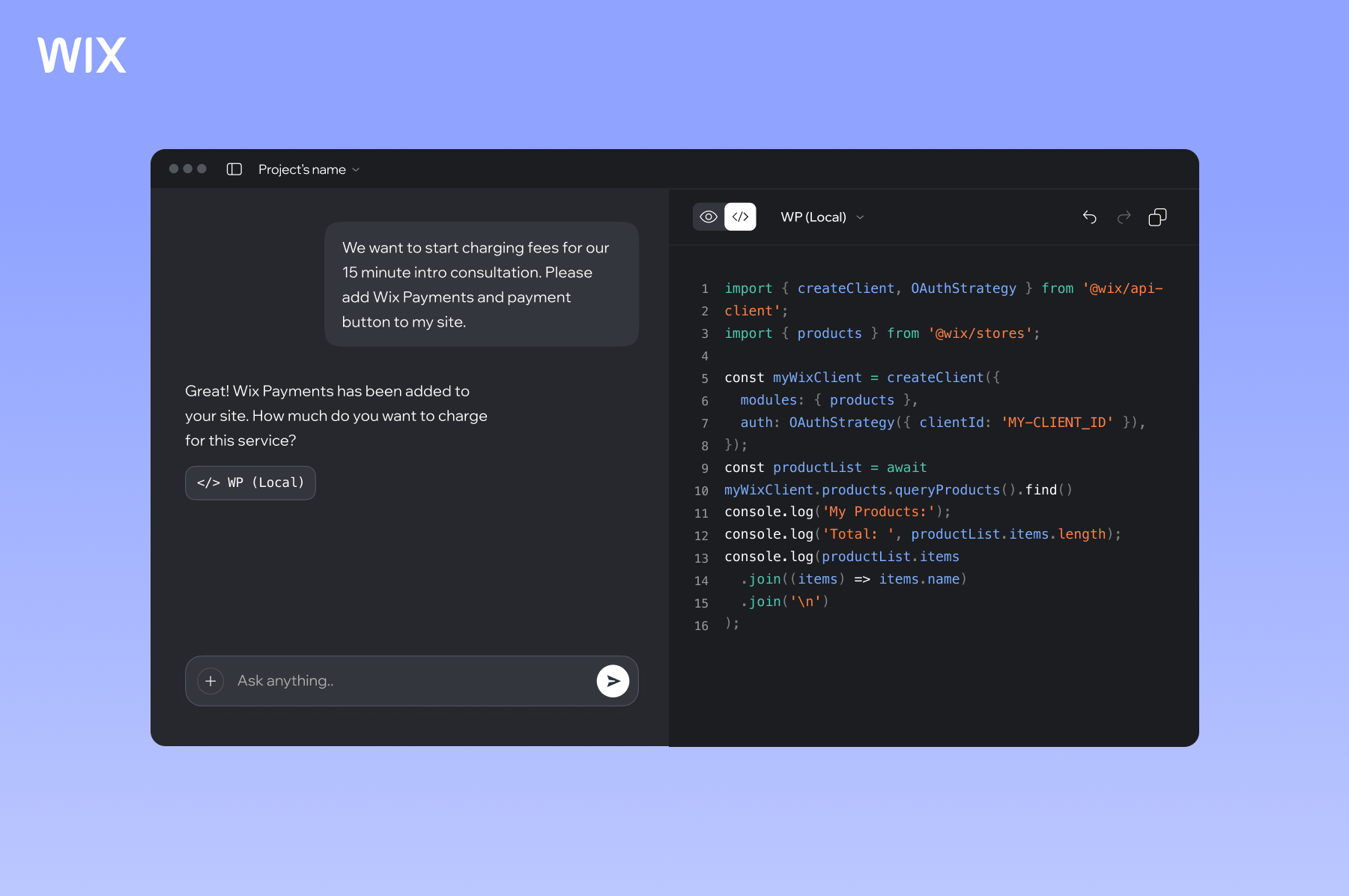How to Fetch Aggregated Measurement Data with Eloquent?
Introduction In Laravel, working with Eloquent can make data retrieval and processing straightforward, especially when using relationships. In your case, with a Metric model that has many Measurements, you’re on the right path to fetching aggregated data for analysis. This article discusses how to achieve this using Eloquent’s query-building features to seamlessly aggregate measurement data and group it by date. Understanding the Challenge You already have a solid grasp of the relationship set up between your Metric and Measurement models. Currently, you're retrieving the measurements for specific timestamps using eager loading with an advanced clause. However, the goal now is to transform this data into an aggregated format that showcases minimum and maximum values per day. The aggregation of data is crucial in analytics, as it helps summarize large datasets into meaningful insights, which is vital for effective metric reporting. Step-by-Step Solution to Aggregate Data To achieve the desired output of aggregated measurement statistics, we can use the Eloquent query builder effectively. Here's how: 1. Define relationships in your Eloquent Models Make sure your Metric model is properly set up with a relationship to the Measurement model. Here’s a quick reminder of how that looks: class Metric extends Model { public function measurements() { return $this->hasMany(Measurement::class); } } class Measurement extends Model { // Assuming relevant properties are defined here } 2. Use Eloquent to Aggregate Measurements You can leverage Eloquent's with method to eager load your measurement data while also aggregating the results. Here’s an example: $metrics = Metric::with(['measurements' => function($query) { return $query->selectRaw('metric_id, DATE_FORMAT(timestamp, "%Y%m%d") AS period, MIN(value) AS min, MAX(value) AS max') ->groupBy('metric_id', 'period'); }])->get(); This query selects the metric_id, formats the timestamp into a period, and calculates the minimum and maximum values from the measurement data, grouping by the metric and formatted date. 3. Transforming the Data Structure Once you have your aggregated data, you may want to adjust the results format to conform to the required structure: foreach ($metrics as $metric) { $metric->measurementStats = $metric->measurements; unset($metric->measurements); } This snippet loops through each metric, assigning the aggregated measurement data to a new property called measurementStats while removing the original measurements, giving you a cleaner output. 4. Full Example Here’s the complete code snippet combining all the steps mentioned above: $metrics = Metric::with(['measurements' => function($query) { return $query->selectRaw('metric_id, DATE_FORMAT(timestamp, "%Y%m%d") AS period, MIN(value) AS min, MAX(value) AS max') ->groupBy('metric_id', 'period'); }])->get(); foreach ($metrics as $metric) { $metric->measurementStats = $metric->measurements; unset($metric->measurements); } return response()->json($metrics); This will yield an output in the desired structure with both the id and name of the metric along with the aggregated statistics grouped by period. Conclusion Utilizing Eloquent's powerful querying capabilities allows you to streamline data retrieval and transformation effectively. You can quickly get aggregated measurement data that suits your reporting and analytics needs. By applying the above code samples in a Laravel application, you can efficiently manage and report your measurement statistics, leading to a better understanding of your metrics over time. Frequently Asked Questions How does Eloquent handle relationships? Eloquent simplifies working with related data by allowing you to define relationships through neat syntax, making it easier to retrieve associated records. What tools can I use for detailed analysis of my metrics? You might want to consider integrating external analytic tools or libraries, such as Google Analytics or custom dashboards, to visualize your aggregated data effectively. Can I add other statistical functions? Yes, you can add other aggregate functions like AVG or SUM by adjusting the selectRaw statement to include those calculations in your query.

Introduction
In Laravel, working with Eloquent can make data retrieval and processing straightforward, especially when using relationships. In your case, with a Metric model that has many Measurements, you’re on the right path to fetching aggregated data for analysis. This article discusses how to achieve this using Eloquent’s query-building features to seamlessly aggregate measurement data and group it by date.
Understanding the Challenge
You already have a solid grasp of the relationship set up between your Metric and Measurement models. Currently, you're retrieving the measurements for specific timestamps using eager loading with an advanced clause. However, the goal now is to transform this data into an aggregated format that showcases minimum and maximum values per day.
The aggregation of data is crucial in analytics, as it helps summarize large datasets into meaningful insights, which is vital for effective metric reporting.
Step-by-Step Solution to Aggregate Data
To achieve the desired output of aggregated measurement statistics, we can use the Eloquent query builder effectively. Here's how:
1. Define relationships in your Eloquent Models
Make sure your Metric model is properly set up with a relationship to the Measurement model. Here’s a quick reminder of how that looks:
class Metric extends Model
{
public function measurements()
{
return $this->hasMany(Measurement::class);
}
}
class Measurement extends Model
{
// Assuming relevant properties are defined here
}
2. Use Eloquent to Aggregate Measurements
You can leverage Eloquent's with method to eager load your measurement data while also aggregating the results. Here’s an example:
$metrics = Metric::with(['measurements' => function($query) {
return $query->selectRaw('metric_id, DATE_FORMAT(timestamp, "%Y%m%d") AS period, MIN(value) AS min, MAX(value) AS max')
->groupBy('metric_id', 'period');
}])->get();
This query selects the metric_id, formats the timestamp into a period, and calculates the minimum and maximum values from the measurement data, grouping by the metric and formatted date.
3. Transforming the Data Structure
Once you have your aggregated data, you may want to adjust the results format to conform to the required structure:
foreach ($metrics as $metric) {
$metric->measurementStats = $metric->measurements;
unset($metric->measurements);
}
This snippet loops through each metric, assigning the aggregated measurement data to a new property called measurementStats while removing the original measurements, giving you a cleaner output.
4. Full Example
Here’s the complete code snippet combining all the steps mentioned above:
$metrics = Metric::with(['measurements' => function($query) {
return $query->selectRaw('metric_id, DATE_FORMAT(timestamp, "%Y%m%d") AS period, MIN(value) AS min, MAX(value) AS max')
->groupBy('metric_id', 'period');
}])->get();
foreach ($metrics as $metric) {
$metric->measurementStats = $metric->measurements;
unset($metric->measurements);
}
return response()->json($metrics);
This will yield an output in the desired structure with both the id and name of the metric along with the aggregated statistics grouped by period.
Conclusion
Utilizing Eloquent's powerful querying capabilities allows you to streamline data retrieval and transformation effectively. You can quickly get aggregated measurement data that suits your reporting and analytics needs. By applying the above code samples in a Laravel application, you can efficiently manage and report your measurement statistics, leading to a better understanding of your metrics over time.
Frequently Asked Questions
How does Eloquent handle relationships?
Eloquent simplifies working with related data by allowing you to define relationships through neat syntax, making it easier to retrieve associated records.
What tools can I use for detailed analysis of my metrics?
You might want to consider integrating external analytic tools or libraries, such as Google Analytics or custom dashboards, to visualize your aggregated data effectively.
Can I add other statistical functions?
Yes, you can add other aggregate functions like AVG or SUM by adjusting the selectRaw statement to include those calculations in your query.





































































































































































![[The AI Show Episode 146]: Rise of “AI-First” Companies, AI Job Disruption, GPT-4o Update Gets Rolled Back, How Big Consulting Firms Use AI, and Meta AI App](https://www.marketingaiinstitute.com/hubfs/ep%20146%20cover.png)











































































































































































-Pokemon-GO---Official-Gigantamax-Pokemon-Trailer-00-02-12.png?width=1920&height=1920&fit=bounds&quality=70&format=jpg&auto=webp#)
















































































![Apple Shares Official Trailer for 'Echo Valley' Starring Julianne Moore, Sydney Sweeney, Domhnall Gleeson [Video]](https://www.iclarified.com/images/news/97250/97250/97250-640.jpg)









_Wavebreakmedia_Ltd_IFE-240611_Alamy.jpg?width=1280&auto=webp&quality=80&disable=upscale#)

_Alexey_Kotelnikov_Alamy.jpg?width=1280&auto=webp&quality=80&disable=upscale#)
_Brian_Jackson_Alamy.jpg?width=1280&auto=webp&quality=80&disable=upscale#)

















































































































![Netflix Unveils Redesigned TV Interface With Smarter Recommendations [Video]](https://www.iclarified.com/images/news/97249/97249/97249-640.jpg)








































































































